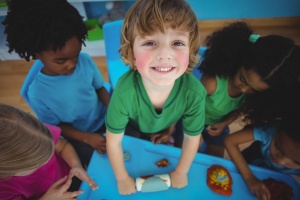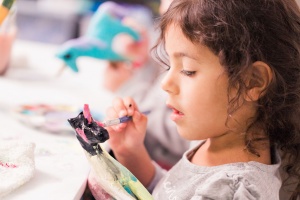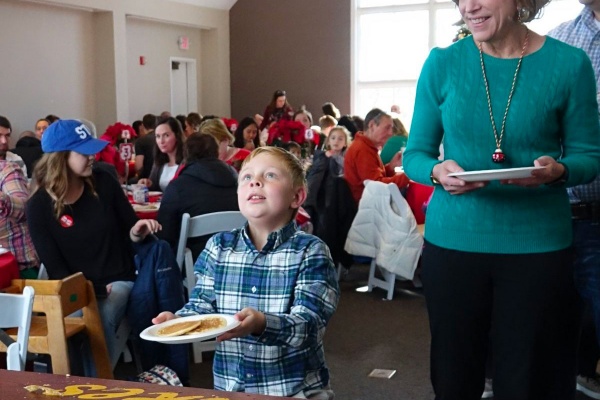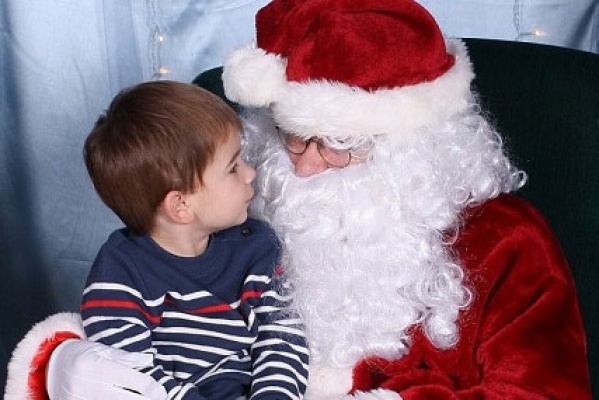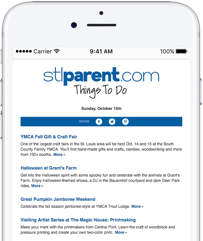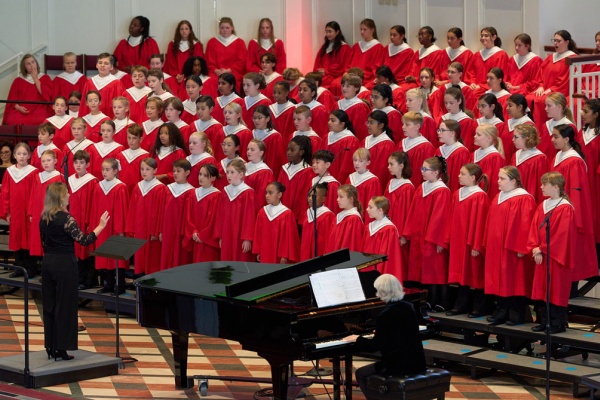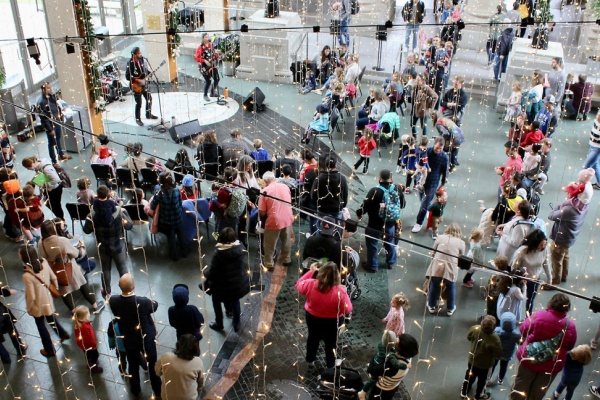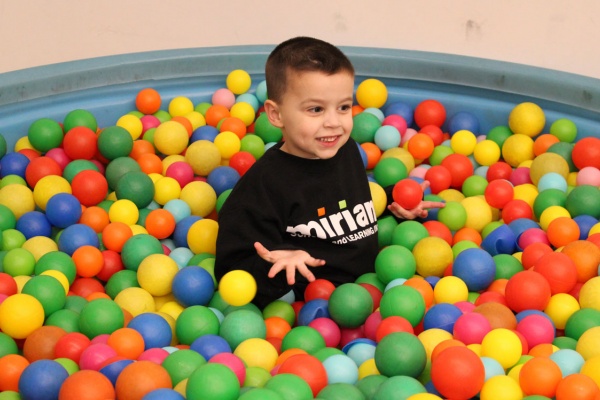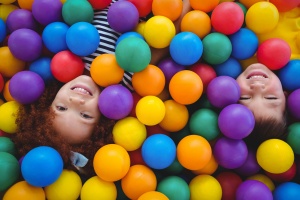
Hearing Loss Hits Home for More Tweens and Teens
I repeat myself a million times a day. Or so it seems — like all kids, mine have selective hearing. They always hear “Candy” but never “Can you please …”
Often these hearing deficits go undetected — parents may be worried about a child’s ability to pay attention, for example, when in fact the child isn’t hearing directions well.
Lara Noble, chief audiologist at the Center for Hearing and Speech in Rock Hill said anytime parents or teachers have such concerns, they should get the child’s hearing checked to rule out hearing loss. And, she added, “If your child fails a school screening, please follow up on it.”
My 7-year-old definitely can hear out of both ears. Due to chronic ear infections and a round of tubes, he has had multiple hearing checks over the years. Noble said ear infections can cause both temporary and permanent hearing loss. The most common type with ear infections is temporary due to fluid in the ears. “It’s like hearing underwater,” she explained, and it can last for several months. Noble said this isn’t a problem isolated to preschool kids. “It’s surprising how many middle schoolers have fluid in the ear.”
Permanent hearing loss from ear infections happens if there is a rupture of the eardrum or scar tissue as a result of previous damage. Other causes of permanent hearing loss among kids are blows to the head or head-first falls, concussions, power tools and lawn equipment, and firecrackers — which Noble said can cause instantaneous damage if they go off close to a child’s ear. “One big thing we see is kids putting things in their ears,” she added. It sounds like a cliché, but it’s really true that Q-tips or other small, pointy objects can do serious damage to the eardrum.
The cause of hearing loss that plagues most parents is, of course, loud music or audio through ear buds or headphones. Noble said there’s a rise in noise-induced hearing loss among children, and electronic devices play a major role in it. More than 6 million teens — or one in five — have some degree of hearing loss, and it can have huge effects in the classroom.
The Center for Hearing and Speech performs about 10,000 screenings a year, and Noble said they are seeing an increase in young teenagers and tweens around 10 to 12. “Those are the kiddos who are starting to have hearing loss,” she said.
Usually the damage can be stopped by turning down the volume on music, but she emphasized that hearing loss is a permanent condition — it can’t be fixed. Hearing aids can help children comprehend language and sounds better, whether the loss is in one or both ears, but they don’t repair hearing loss. And, no surprise, once kids are old enough to start to worry about their image, they might rather muddle through than draw attention to themselves. “With teenagers, it can be a struggle to get them to wear hearing aids,” Noble admitted.
If your child says that he hears ringing in his ears, that’s a sign that damage has occurred. “You can always do your best to stop further damage,” Noble said. The key is to monitor audio volume. If you’re sitting 2 feet away and your child doesn’t hear you with the earphones on, the volume is too loud. Or if you can hear the words to songs at that same distance, the volume is too loud. Some ear buds regulate volume automatically so kids can’t turn it up to a level that will cause damage.
Noble recommends one screening per year even if parents are taking steps to protect their child’s hearing. That’s because hearing loss can set in at any time, even if the damage occurred in the past. And be sure to ask questions! “There’s a lot of things parents don’t know about hearing damage,” Noble said.
The Center for Hearing and Speech can schedule an appointment at 314-968-4710, or you can watch for free screenings at school or in the community.
By Amy De La Hunt, Health Blogger for SmartParenting

Amy De La Hunt is a journalist and editor who lives in the St. Louis metro area and works across the country as a writer, copy editor, project manager and editorial consultant on everything from fiction books to monthly magazines to blog posts. When she's not chauffeuring her teenage sons to activities, Amy is an enthusiastic amateur cook, landscaper, Latin dancer and traveler. Follow Amy on Instagram @amy_in_words



